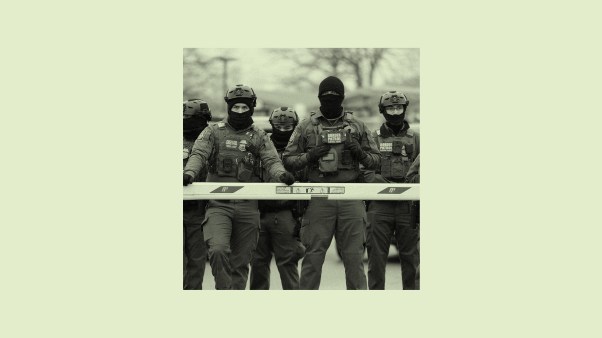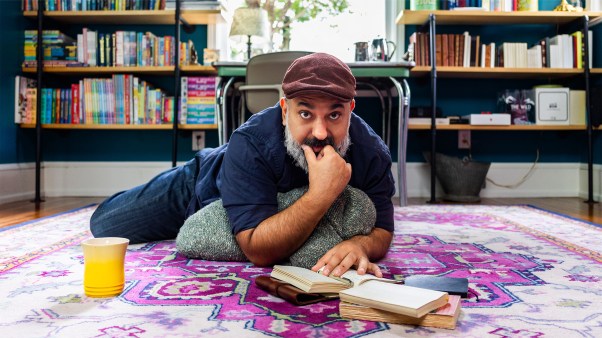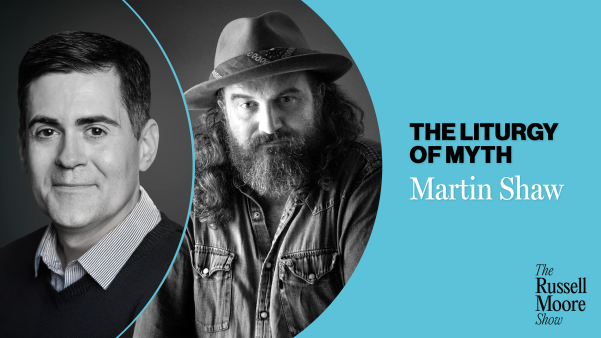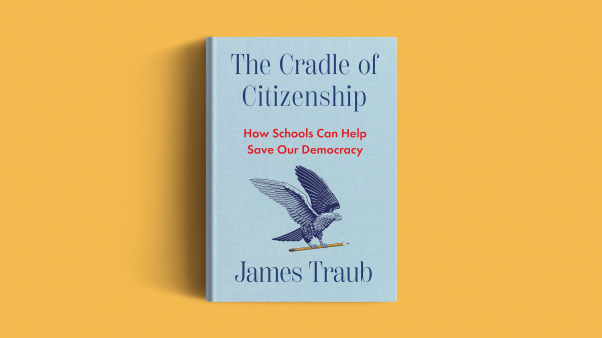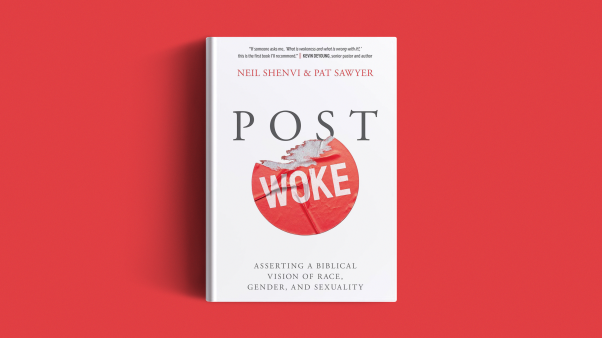Until recently, few in the US had heard of North Sentinel Island, where young American John Allen Chau was killed with arrows by members of an isolated tribal group.
But as the story spread—first the tale of a 26-year-old adventurer and world traveler, then of a Christian missionary willing to risk his life—people around the globe responded with swift and sometimes scathing reactions.
Many considered Chau a fool, or worse, criticizing him for breaking Indian law and endangering the isolated Sentinelese, who have no immunity to many common diseases. Others called Chau an inspiration, even a martyr. Some immediately drew parallels to late missionary Jim Elliot.
Sometime between Friday, November 16, when Chau wrote his last journal entry, and Saturday, November 17, when the fisherman who had brought him to his destination saw his body on the beach, Chau was killed by the people he had sought to reach for Christ. One of a handful of uncontacted tribes remaining, the Sentinelese have no peaceful contact with outsiders. We don’t even know their real name; they are called “Sentinelese” because the British named their land North Sentinel Island.
Though many are fascinated by the idea of a “stone age” tribe, Chau’s goal was not “tribal tourism.” He wanted to live with the Sentinelese, share the story of Jesus, and translate the Bible into their language, as his journal entries and statements from All Nations, Chau’s sending mission organization, make clear. [All Nations shared more details on CT’s Quick to Listen podcast.]
The similarities between his death and Elliot’s are hard to miss. Sometime during the afternoon of Sunday, January 8, 1956, Jim Elliot and four friends—Pete Fleming, Ed McCully, Nate Saint, and Roger Youderian—were killed with spears by members of an isolated tribal group then known to outsiders as “Aucas,” or “savages.” (We now know that the people call themselves the Waorani.)
The five men wanted to establish a relationship and tell the story of Jesus. The news of their death spread like wildfire. Americans, less than two years away from the launch of Sputnik, were fascinated by the idea of a “primitive” tribe still engaged in spear warfare.
But like the recent response to Chau’s quest to evangelize the Sentinelese, the public reaction was polarized. Some saw the men as martyrs, dying for the cause of Christ and the salvation of the Waorani. Others saw them as fools, who deserved whatever they got after intruding where it was clear they weren’t wanted.
Two Northwestern Adventurers
Jim Elliot has become the most widely known of the five because his widow, Elisabeth Elliot, went on to write his biography, publish his edited journals, and forge a career as a writer and speaker, often retelling aspects of his story.
Elliot and Chau shared more than a desire to reach remote tribes with the gospel. Both were young when they died. Elliot had just turned 28; Chau was about to turn 27. Both men were natives of the Pacific Northwest. Elliot grew up in Portland, Oregon, and Chau just across the Columbia River in Vancouver, Washington.
Both loved the outdoors and were exhilarated by risk-taking. Elliot was an avid mountain climber who climbed Mount Hood, Mount Rainier, and a number of other Cascade peaks. Chau described climbing down slippery “dry” waterfalls in the Cascades, hiking Washington’s Table Mountain, and exploring forests around British Columbia’s Chilliwack River.
Both grew up in missions-soaked environments. Elliot’s father encouraged him toward missions from an early age, and he started volunteering for short missions trips in high school. He read, among other missionary stories, the journals of David Brainerd, the biographies of Hudson Taylor and David Livingstone, and the writings of Amy Carmichael. He was heavily involved with Foreign Missions Fellowship while attending Wheaton College.
Chau had apparently been going on short-term missions trips since high school as well, and had attended Oral Roberts University, which emphasizes foreign missions. He cited David Livingstone and Bruce Olson as inspirations and was reading a book about the wives of Adoniram Judson shortly before his death.
Chau’s writing does not directly mention Elliot, but everyone who pays attention to missionary stories has heard the story of Jim Elliot. He is particularly known for pithy quotations about his willingness to “burn out” for God:
Psalms 104:4: “He makes his ministers a flame of fire.” Am I ignitible? God deliver me from the dread asbestos of “other things.” Saturate me with the oil of the Spirit that I may be a flame. But flame is transient, often short-lived. Canst thou bear this, my soul, short life? In me there dwells the Spirit of the Great Short-Lived, whose zeal for God’s house consumed Him, and He has promised baptism with the Spirit and with fire. “Make me Thy fuel, flame of God.”
Elliot also said, “I seek not a long life, but a full one, like you Lord Jesus.” Even the cover of his published journals stresses this idea: “At 21, he began an adventure that would require the ultimate sacrifice.” Martyrdom as peak adventure: whether we mean to or not, this is often the tale we end up telling.
The Other Side of Jim Elliot
But there’s more to the story.
Elliot wrote about being ready to die for Jesus when he was young, enthusiastic, impetuous, still in the developmental stage when greater risk-taking is hardwired into the brain. He knew intellectually that someday he would die, but the first intimations of his own mortality had not yet invaded his body.
Less attention is given to Elliot’s writing about his great desire to live for God, and his hopes and dreams for the future. He prayed that God would let him live to love Elisabeth. He longed for time to raise both spiritual and biological children. He hoped to help with the long-term growth of an indigenous, contextualized church in Ecuador.
Elisabeth Elliot has written that as a young man, her late husband “wanted the immediate and unqualified fulfillment of scriptural promises.” But as he matured, he began to realize that his own love of excitement and desire to do “great” things could get in the way of what God had planned. He began to believe that mundane daily tasks done well were as important in God’s sight as spectacular missionary endeavors.
When Elliot’s widow and daughter, or the families of the four men killed with him, are mentioned at all, it is usually to applaud their strength and willingness to forgive. The sheer weight of their grief—the stress dreams in the early days, the long years of loneliness and hard work, the way they still cried when they spoke of the men’s deaths more than 40 years later—is quickly passed over.
The perspective of the Waorani, too, is often treated as incidental. They are still sometimes portrayed as “primitive,” as having been “savages” who killed for sport, although Elisabeth Elliot has written that they were acting in self-defense. Some Waorani have become Christians, and most no longer spear, so missionary work among them is seen as a success. The introduction of deadly diseases, the struggle against deculturalization, and the ongoing loss of their land go largely unmentioned, as indigenous voices are often excluded from the stories we tell. [Editor’s note: CT will feature an essay examining the history of missions among the Waorani in our March 2019 issue.]
The stories of the two men diverge in important ways, as well. Prior to attempting contact, Elliot had undergone intensive linguistic training with Wycliffe’s Summer Institute of Linguistics (now SIL), one of the foremost programs in the field at that time. He had been living with the Kichwa people, neighboring the Waorani, in the forests of eastern Ecuador for three and a half years. He learned Spanish and Kichwa so well that he was able to preach in both languages without a translator. With Elisabeth and a core team of other missionaries, he was reducing Kichwa to writing, teaching their neighbors to read, doing Bible translation, and helping in the growth of a small church.
Several members of this same core group worked together on preparations for contact with the Waorani. They had the opportunity to learn phrases in Wao Tededö from a Waorani woman who lived outside the Waorani community, which meant they had some means of communication. And because one of the core families worked for Missionary Aviation Fellowship, the team had an opportunity to offer gifts to the Waorani, speak to them in their own language via loudspeaker, and observe the reaction from a safe distance over a period of months, avoiding personal contact until they felt they had received a clear and consistent welcome.
Chau had spoke of his plans to evangelize the Sentinelese for several years. He had previously visited the Andaman and Nicobar Islands in 2015 and 2016, prior to joining All Nations as a missionary last year. All Nations’ executive leader told CT that Chau had attended SIL and was trained in linguistic and cultural anthropology in addition to the missionary training and coaching offered through its program. (Still, it would have been impossible for Chau to learn the Sentinelese language since it is not known by anyone outside the island and is very different from the languages of nearby people groups.) All Nations considered him well prepared for his mission.
The Stories We Tell
There is never time or space to tell the whole of any story. The details we include, then, reflect our views and priorities. When we tell the story of Elliot’s youthful enthusiasm without the nuance of his later perspective, we’re not telling the whole truth about who Jim Elliot was and how he experienced his faith, and we risk manipulating aspiring missionaries with that partial truth.
When we glorify his death without truly mourning it, we glorify our last enemy. We trivialize the suffering of those left behind. We minimize the difficult faithfulness of laying down our lives daily in hidden ways, that “long obedience in the same direction.”
And when we ignore indigenous perspectives in missionary stories, we cling to an exclusive, American-oriented view of what a walk with Jesus can look like, to our great loss.
In the aftermath of the missionaries’ deaths in 1956, and again, more than 60 years later, after the death of Chau, many have called missionary work a fool’s errand at best, and, at worst, a violent attempt to impose Christian beliefs on other cultures. The Great Commission means that most Christians will have to agree to disagree with those who see sharing the story of Jesus as inherently negative.
But it also means that Christians must seriously consider what the best means are not just for sharing the story, but for sharing it with respect. It is not easy to know what this looks like in practice, particularly in someone else’s cultural context. This makes thoughtful questions about our missionary attitudes essential.
Do we approach missions with “gentleness and respect” for those we share Jesus with, as 1 Peter 3:15 says? Do we really believe in a God who speaks in dreams and visions? Or do we believe we’re the only way for people to meet Jesus, and so act as if the end justifies the means?
Is the story we’re telling—to ourselves, to our children, to a watching world—about who God is and how God behaves, a true story?
Our approach should not contradict the biblical account of a God who values the cultural variety of people groups around the world and respects their free will, a God who is not bounded by the passage of time or the limits of space.
As we write and talk and think about the Sentinelese people and the death of John Allen Chau, we owe it to them to carefully consider how we tell ourselves missionary stories, how that informs the way we approach missions, and whether our approach accurately reflects the God we want others to know.
Lucy S. R. Austen is currently at work on a biography of Elisabeth Elliot, forthcoming from Crossway, and has worked as editor of Spring Hill Review, a journal of Northwest culture. She tweets at @LucySRAusten. You can also connect with her on Facebook and on her website.


